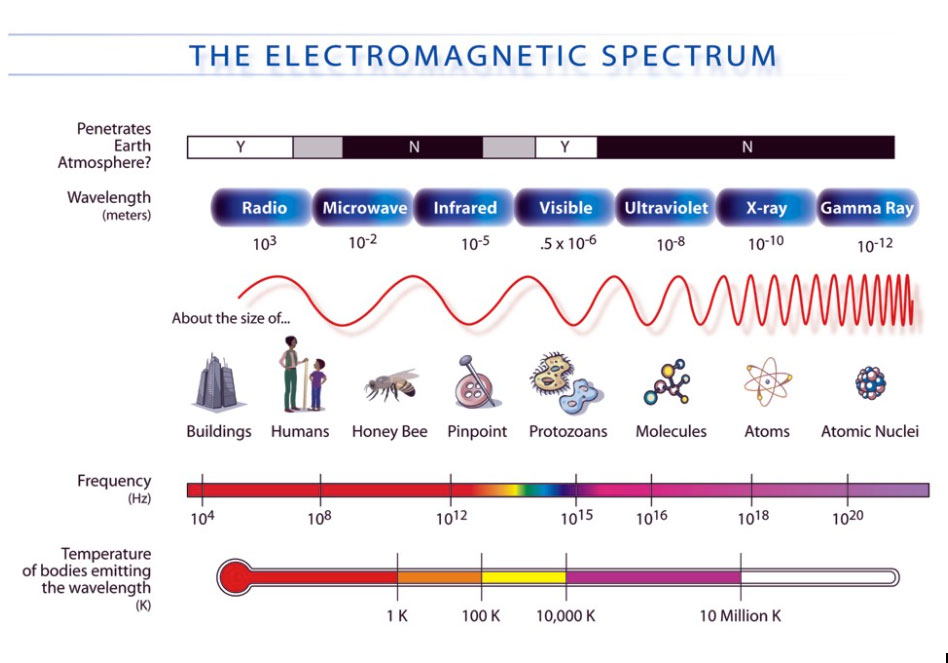What are UV lasers?
Overview
What you will learn
In this guide you will learn about the key differences between a UV laser and a traditional fiber laser. General information surrounding its capabilities will be discussed. The aim of this document is to provide basic information about a UV laser. You should be comfortable with the basic principles and technology of a UV laser by the end of this document.
UV Lasers
UV lasers, or ultraviolet lasers, produce light at wavelengths generally between 193 - 355 nm, much shorter than visible light or traditional fiber lasers. These lasers incorporate specific materials that emit UV light when excited. As the UV laser wavelength spectrum is highly absorbent, minimal heat is transferred to the area being marked. A laser’s spot diameter is proportional to the wavelength of the light it produces. The extremely precise spot size makes UV lasers ideal for applications where fine detail or minimal damage to the material is crucial. They are also applicable to materials that are generally incompatible with other lasers.
Wavelength

The primary difference between UV lasers and traditional fibers lies in the wavelength of the light they emit. Fiber lasers generally operate in the infrared range, around 1064 nm. This wavelength is suitable for engraving or cutting a variety of materials, but can cause more thermal damage due to the wavelength being longer. Atomic vibrations created by the breaking of bonds at longer wavelengths can be exacerbated at higher power outputs due to the greater thermal excitation, and thus, lead to undesirable material damage (burning, scorch marks, etc.).
>In contrast, the shorter wavelengths of UV lasers allows for more precise lasering without significant heat generation, preserving the integrity of surrounding material. Here at AEON Laser USA, we tune our UV lasers to 355 nm. Think of it as cutting into a surface with a thicker, or more jagged steak knife vs a thinner, more precise scalpel. Both get the job done, but are situational for where they’re used best.
Common Applications
- Electronics Manufacturing - UV lasers are used for cutting thin wires, creating intricate semiconductor patterns.
- Medical Field - Some UV lasers are used in LASIK surgery, marking plastics and medical equipment.
- Consumer Good Manufacturing - UV lasers are used in etching glass or plastics, creating micro-texturing or engravings.
UV vs Traditional Fiber: Which to Choose?
When deciding between a UV or traditional fiber laser, it's important to consider the intended uses and applications for your machine. Before making a final selection, consider the following:
What is the sensitivity of my material?
UV lasers are ideal for use on plastics, resins, reflective metals, and generally heat-sensitive materials that generally aren’t compatible with fiber lasers. Will I primarily be lasering wood, acrylic, and common metals; or plastics, resins, or reflective metals/coatings?
How precise is the application I will be running?
If you are seeking to commit to deeper, larger engraves or cuts, a fiber laser may be the best choice for you. If the intention is to create very fine and intricate designs, a UV laser will provide you with superior precision due to their shorter wavelength.
What is the cost and maintenance?
Generally, UV lasers are more expensive upfront. However, they can be considered an investment with greater returns due to the benefits they provide with higher precision, lower thermal impact, and material viability that often justifies the investment for more specific applications.
Conclusion
Ultimately, choosing the right laser depends heavily on your specific needs, such as the material to be processed and the precision required. UV lasers, while more specialized, offer unique advantages in scenarios where precision and material integrity are vital.
If you have any questions or concerns, please send us an email at support@aeonlaser.us for the fastest service. If your laser is malfunctioning, please submit a support ticket.
Did you find this document helpful? Let us know what you liked or what we can improve on by sending an email to helpusgrow@aeonlaser.us.
Happy Lasering!














